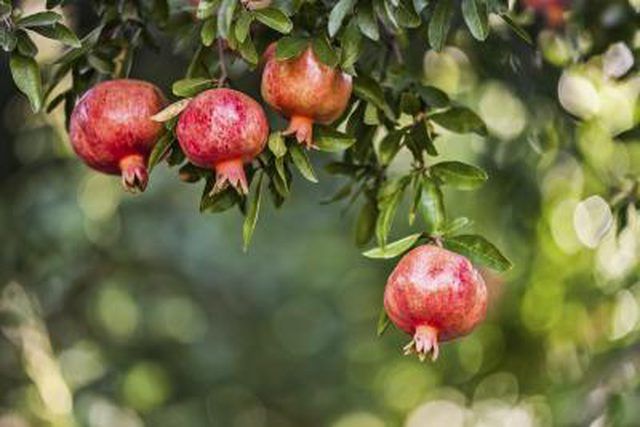Bulbs
Flower Basics
Flower Beds & Specialty Gardens
Flower Garden
Garden Furniture
Garden Gnomes
Garden Seeds
Garden Sheds
Garden Statues
Garden Tools & Supplies
Gardening Basics
Green & Organic
Groundcovers & Vines
Growing Annuals
Growing Basil
Growing Beans
Growing Berries
Growing Blueberries
Growing Cactus
Growing Corn
Growing Cotton
Growing Edibles
Growing Flowers
Growing Garlic
Growing Grapes
Growing Grass
Growing Herbs
Growing Jasmine
Growing Mint
Growing Mushrooms
Orchids
Growing Peanuts
Growing Perennials
Growing Plants
Growing Rosemary
Growing Roses
Growing Strawberries
Growing Sunflowers
Growing Thyme
Growing Tomatoes
Growing Tulips
Growing Vegetables
Herb Basics
Herb Garden
Indoor Growing
Landscaping Basics
Landscaping Patios
Landscaping Plants
Landscaping Shrubs
Landscaping Trees
Landscaping Walks & Pathways
Lawn Basics
Lawn Maintenance
Lawn Mowers
Lawn Ornaments
Lawn Planting
Lawn Tools
Outdoor Growing
Overall Landscape Planning
Pests, Weeds & Problems
Plant Basics
Rock Garden
Rose Garden
Shrubs
Soil
Specialty Gardens
Trees
Vegetable Garden
Yard Maintenance
How to Grow Pomegranates in Arizona
How to Grow Pomegranates in Arizona. Native to southeastern Europe and Asia, pomegranates (_Punica granatum_) are well-suited to the warm, dry climates in parts of Arizona. Arizona covers U.S. Department of Agriculture plant hardiness zones 5 through 10, but pomegranates are only hardy in some of these zones. These shrubby trees produce lovely...

Native to southeastern Europe and Asia, pomegranates (Punica granatum) are well-suited to the warm, dry climates in parts of Arizona. Arizona covers U.S. Department of Agriculture plant hardiness zones 5 through 10, but pomegranates are only hardy in some of these zones. These shrubby trees produce lovely flowers as well as edible fruits, making them an attractive choice for desert gardens.
Choosing Pomegranates
The species variety of pomegranates is hardy to 10 degrees Fahrenheit, and can be grown in USDA zones 8 through 11. They may also survive in protected locations in zone 7b. Certain cultivars are more cold-tolerant than others, including the dwarf pomegranate (Punica granatum "Nana") and "Wonderful" pomegranate (Punica granatum "Wonderful"), which are hardy in USDA zones 7 through 11. This means pomegranates can be grown outdoors year-round in the parts of western and southern Arizona that cover USDA zones 7 through 10. Gardeners in the northeast corner of Arizona, particularly the mountain climates, can only grow pomegranates in containers that are moved to a frost-free location in the winter.
Selecting Location
Like many other fruit trees, pomegranates require a full-sun location to produce fruit. They are highly tolerant of different soils, and can grow in conditions ranging from calcareous alkaline soil to loamy acidic soil. They've even been known to self-seed in gravel. Though they will grow in unamended Arizona soils, fruit production is best in soils with good drainage. Fruit production is also better in dry climates than in humid climates, making them a great choice for Arizona's desert regions. Even the subtropical desert of southern Arizona gets infrequent enough rainfall that you can successfully grow pomegranates in those climate zones.
Planning for Planting
Pomegranates are a shrubby plant that can be trained as a tree or allowed to grow more like a bush. If you're growing them as a hedge, plant them 6 to 9 feet apart and allow the suckers to grow into a thick wall of plant material. When growing multiple pomegranates for fruit in a home orchard, plant them 15 to 20 feet apart. To train a pomegranate as a tree, select one trunk and then trim off other suckers that develop near the base of the plant. Pomegranates can also be trained as a multi-trunk tree with up to six main trunks. When growing dwarf pomegranates, which only grow 3 feet tall and wide, space them 3 feet apart.
Planting Pomegranates
Plant new pomegranates in the spring after all danger of frost has passed. Loosely work the soil before planting, and do not plant when the soil is saturated with water. Dig a hole the same depth as the root ball, and two to three times as wide. Water after planting, and continue applying about 1 to 2 inches of water per week for the first few weeks. Established pomegranates need a total of 50 to 60 inches of water per year, and should be irrigated every seven to 10 days if there hasn't been any rainfall.
Do not fertilize pomegranates until the year after planting. For the first few years, young trees should receive 2.0 to 2.5 pounds of fertilizer with an N-P-K ratio of 8-8-8 in late fall or early winter, and then again in mid spring. Mature trees require the same type of fertilizer at the same intervals, but require 4.5 to 6.5 pounds of fertilizer in each application. Always follow instructions on the manufacturer's label.
Harvesting Pomegranates
Pomegranates are self-fruitful, so you only need to plant one for fruit to develop. The fruits ripen about six to seven months after flowering, and in Arizona you'll be harvesting pomegranates in August and September. Until trees are 3 to 5 years old, it's common for them to drop a large amount of fruit. Once the trees are mature, as long as you avoid over-watering and over-fertilization, this problem will become less and less common. Mature fruits will split on the trees, especially if there is a rain shower. To prevent this, pick early in August when the fruits have turned their mature color but before they start to split open. Harvest fruits by clipping them close to the base of the fruit instead of pulling them off the tree, using clippers that have been disinfected with rubbing alcohol.